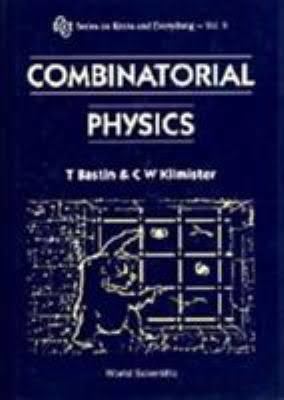Originally published 1995 | ||
 | ||
Physics books Physics and Combinat, Knots and physics, Eddington's Search for a Funda, Problems and Solutions, Electromagnetic Phenomena in Matter | ||
Combinatorics and physics
Combinatorial physics or physical combinatorics is the area of interaction between physics and combinatorics.
"Combinatorial Physics is an emerging area which unites combinatorial and discrete mathematical techniques applied to theoretical physics, especially Quantum Theory.".
"Physical combinatorics might be defined naively as combinatorics guided by ideas or insights from physics".
Combinatorics has always played an important role in quantum field theory and statistical physics. However, combinatorial physics only emerged as a specific field after a seminal work by Alain Connes and Dirk Kreimer, showing that the renormalization of Feynman diagrams can be described by a Hopf algebra.
Combinatorial physics can be characterized by the use of algebraic concepts to interpret and solve physical problems involving combinatorics. It gives rise to a particularly harmonious collaboration between mathematicians and physicists.
Among the significant physical results of combinatorial physics, we may mention the reinterpretation of renormalization as a Riemann-Hilbert problem, the fact that the Slavnov–Taylor identities of gauge theories generate a Hopf ideal, the quantization of fields and strings and a completely algebraic description of the combinatorics of quantum field theory. The important example of editing combinatorics and physics is relation between enumeration of Alternating sign matrix and Ice-type model. Corresponding ice-type model is six vertex model with domain wall boundary conditions.
